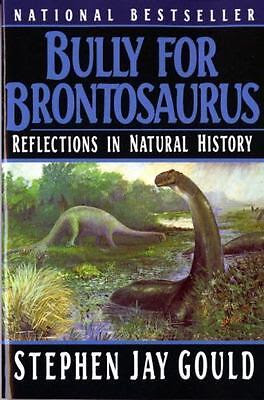First impressions reviews: Mexican Gothic, by Silvia Moreno-Garcia
This tale follows Noemi Taboada, a 1950s socialite in Mexico City who, despite being considered flighty by many, is considerably brighter and more stubborn than she might appear. Her father has received a disturbing letter from Noemi’s cousin Catalina in which she rants about there being something in the walls of her husband’s house that watches and won’t let her go. He dispatches Noemi to find out what is really going on, promising that, if she does, he will let her get the Master’s degree in Anthropology that she wants. So Noemi heads off to High Place, a decrepit mansion in the mountains inhabited by the Doyles, an English family who used to run a silver mine, though that has long been abandoned.
Things seem odd right off the bat. The normally sweet and cheerful Catalina seems languid and depressed and is seeing and hearing things that aren’t there. Her husband Virgil is handsome but clearly controlling, and the aunt, Florence, is openly hostile. The patriarch, Howard, is a loathesome old man who, in their very first conversation, launches into talk about eugenics:
“You are much darker than your cousin, Miss Taboada…You do have some Indian in you, no? Like most of the mestizos here do…Now tell me, Miss Taboada, do you believe as Mr. Vasconcelos does that it is the obligation, no, the destiny of the people of Mexico to forge…a bronze race?”…She had experience dealing with irritating men… “I once read a paper by Gamio in which he said that harsh natural selection has allowed the indigenous people of this continent to survive, and Europeans would benefit from intermingling with them...It turns the whole superior and inferior idea around, doesn’t it?” she asked, the question sounding innocent and yet a little bit mordant.
The only nice member of the family is Francis, Florence’s son, a frail and nervous but rather pleasant young man. He is a naturalist with an interest in mushrooms, and quickly becomes Noemi’s main ally in the house...but can she actually trust him?
The story has some very satisfying twists, which I will try not to spoil too much! At first, given Catalina’s behavior and the weird dreams Noemi begins having, I thought this might be a ghost story. Then, between Howard only speaking to her at night, the ouroboros symbols everywhere, the stories of a plague that kept killing miners, and this bit – “He even brought boxes filled with earth from Europe to make sure the flowers would take” - I became sure that the Doyles were vampires. They aren’t – the author came up with something else that fits the symptoms and the traditional vampiric wealthy parasite metaphor quite perfectly. Once you know what it is, you see that the clues to the mystery were woven all through the earlier parts of the book…but you probably didn’t put them together if you were focused on the ghost or vampire hypothesis! Also, this book technically has a romance in it, but I didn’t tag it that way for various reasons. Mainly, to the extent that this has a happy ending (it is a little ambiguous), friendship/basic human decency has a much bigger role in creating that outcome than romance per se. But I like that as the story goes on you realize that a character one would normally class as weak must really be quite strong to be resisting the malignant influence of High Place at all.
If you read my Lovecraft review, you’ll note that I only tagged it “creepy”. This book illustrates that the dark things humans can do to each other are much grosser and scarier than any crab-octopus monster. You start to see it even when things still seem fairly “normal” - in the way Howard Doyle talks about his wives, for example:
“Agnes passed away shortly after our arrival in this region…Her spirit lives on in High Place. And there, the one on the right, that is my second wife. Alice. She was fruitful. A woman’s function is to preserve the family line”… “They seem so alike.” “I imagine they should. Alice was Anges’s little sister. They were both orphaned and left penniless, but we were kin, cousins, and so I took them in…Is it scandalous?”
We soon learn that this family takes this breeding thing very seriously indeed, and has a tendency to view others, particularly those of “lower races” as expendable. But part of the consciousness of the women consumed by this house linger, and Noemi begins to hear their warnings. The imagery of the dreams, and eventually of the reality of High Place, is visceral in that body-horror kind of way, but it is made truly scary by the fact that a human mind is behind it.
Overall recommendation: If you like gothic tales or Lovecraftian horror but want a (not racist) story with a bit of a twist on those genres or a rather Mina Harker-esque protagonist1 who gets to do things directly, check this one out.
1. The main female
character in ‘Dracula’ is very bright and probably could have avoided
getting bitten and fixed the whole situation with Dr. VanHelsing if the other male characters had stopped
trying to shield her delicate feminine sensibilities. Even as it is, she resists
Dracula’s influences and is key to tracking him down. Though, really, Noemi is
maybe a blend of Mina and her more flirtatious friend Lucy. See Overly Sarcastic
Production’s thorough and funny 'Dracula' summary.


